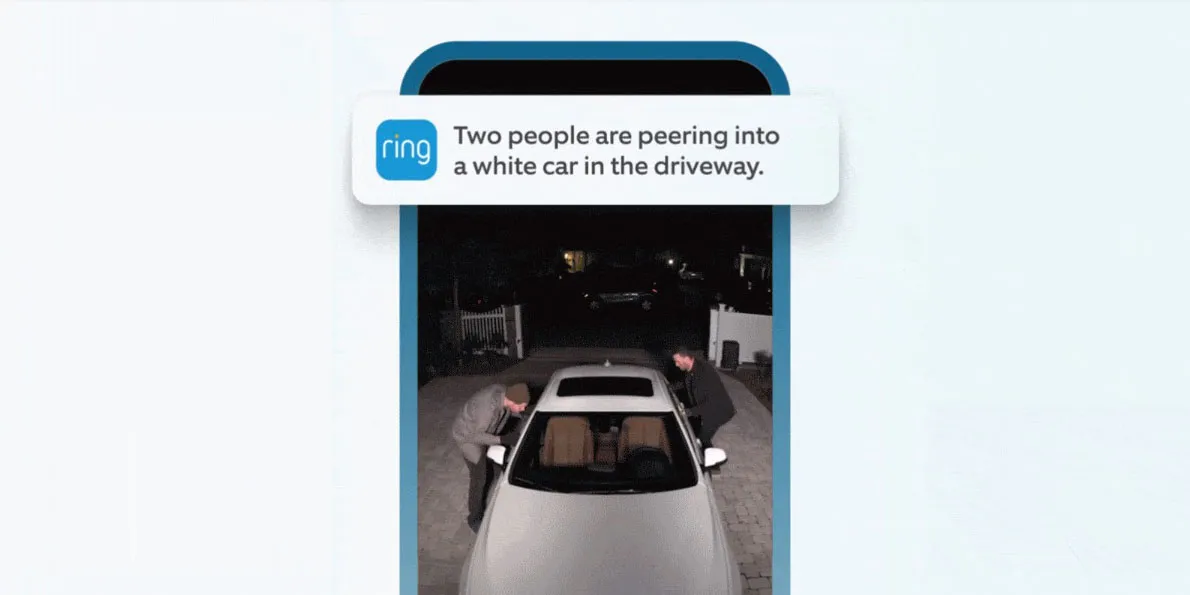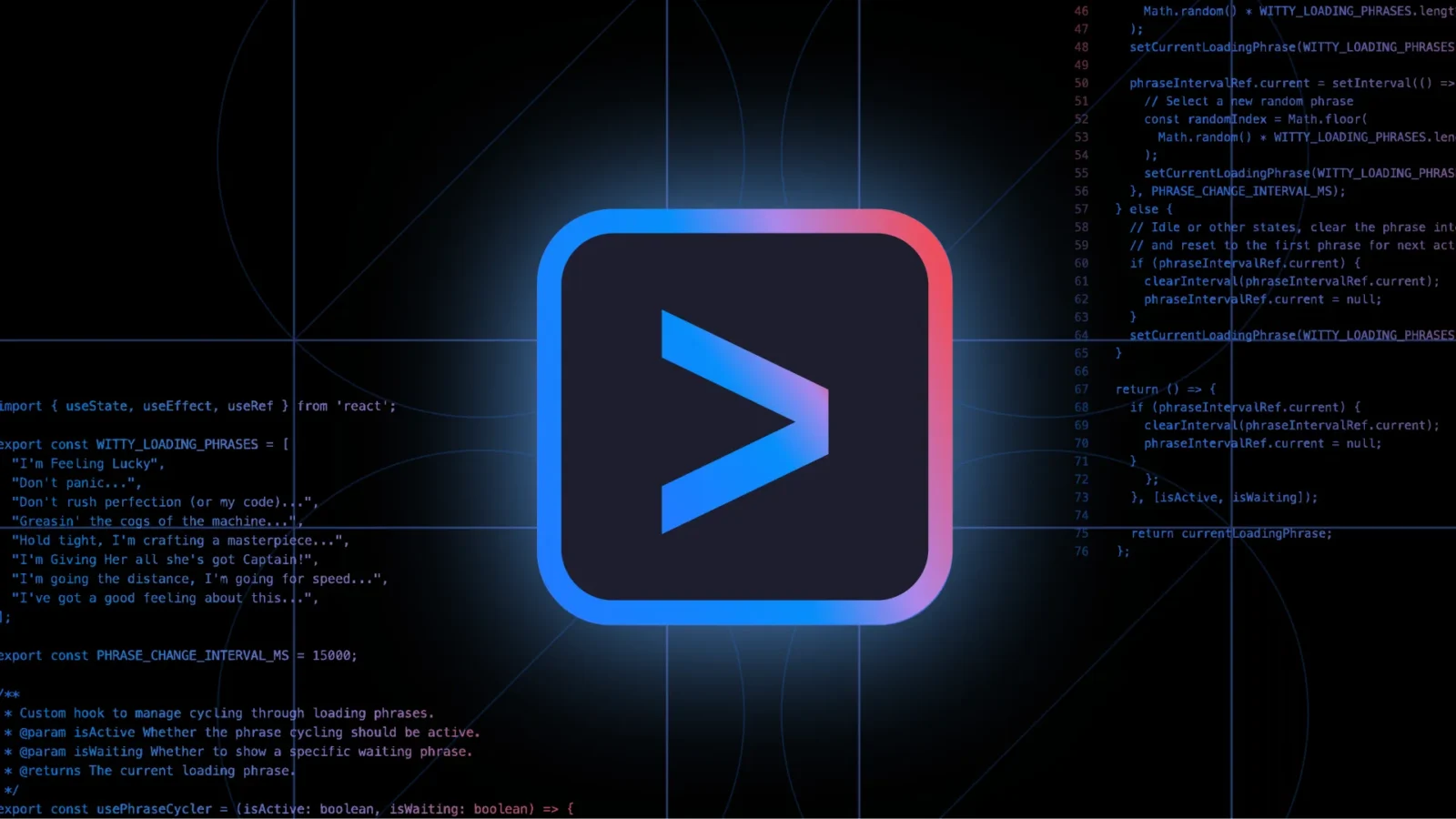A long-awaited update has finally arrived to improve communication between Android and iOS users. It seems Apple has quietly rolled out a change that allows message reactions sent from Android devices to be displayed correctly within iMessage.
Previously, when an Android user reacted to a message sent from an iPhone, the emoji would appear as a separate text line below the message, disrupting the flow of the conversation. Now, the reaction appears within the message bubble, just as it would if sent from another iPhone.
This improved functionality was observed between iPhones running iOS 18.1 and various Android phones, suggesting the change is likely on Apple’s end. However, neither Apple nor Google has officially confirmed the update.
This marks a significant step forward for RCS messaging, which has faced a rocky road to adoption, particularly on iOS devices. Google has been publicly pushing Apple to embrace RCS interoperability for several years, highlighting the benefits for users across both platforms. Pressure from the European Union and China likely played a role in Apple’s eventual adoption of the standard, which first appeared on iPhones with the release of iOS 18.
While Apple’s implementation of RCS is currently limited to the basic “Universal Profile,” it’s a positive sign to see features like emoji reactions being supported. This brings iOS closer in line with RCS version 2.7, which also includes functionalities like message editing (though this is not yet functional on iOS).
For users who frequently communicate with friends and family on both Android and iOS, this update makes the messaging experience more seamless and enjoyable. It removes a previous point of friction and brings a sense of parity between the two platforms.
Though Apple has a reputation for maintaining a closed ecosystem, this concession towards interoperability suggests a potential shift in approach. Whether this signals a broader embrace of RCS features in the future remains to be seen, but for now, it’s a welcome improvement for users on both sides of the mobile divide.





